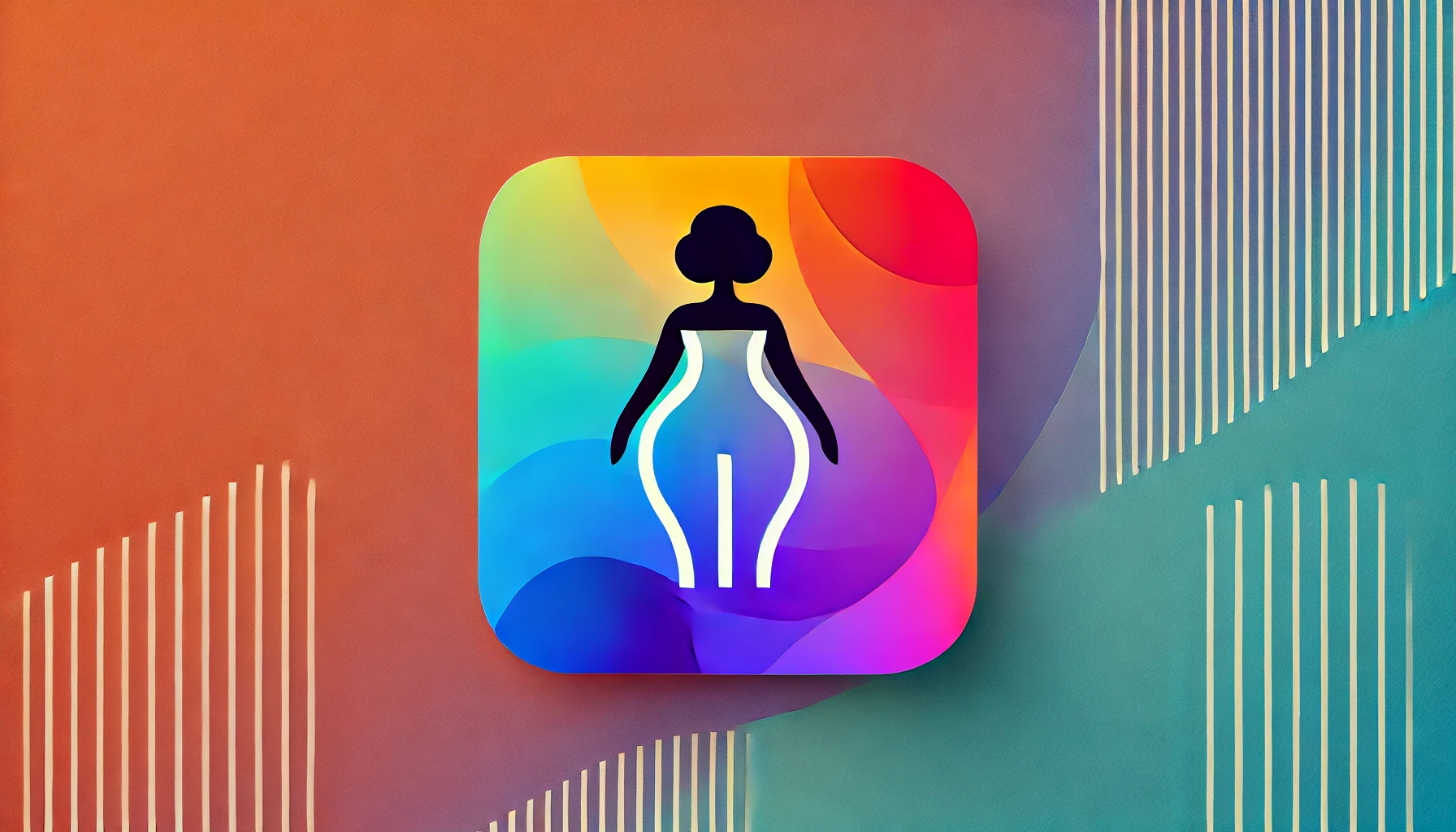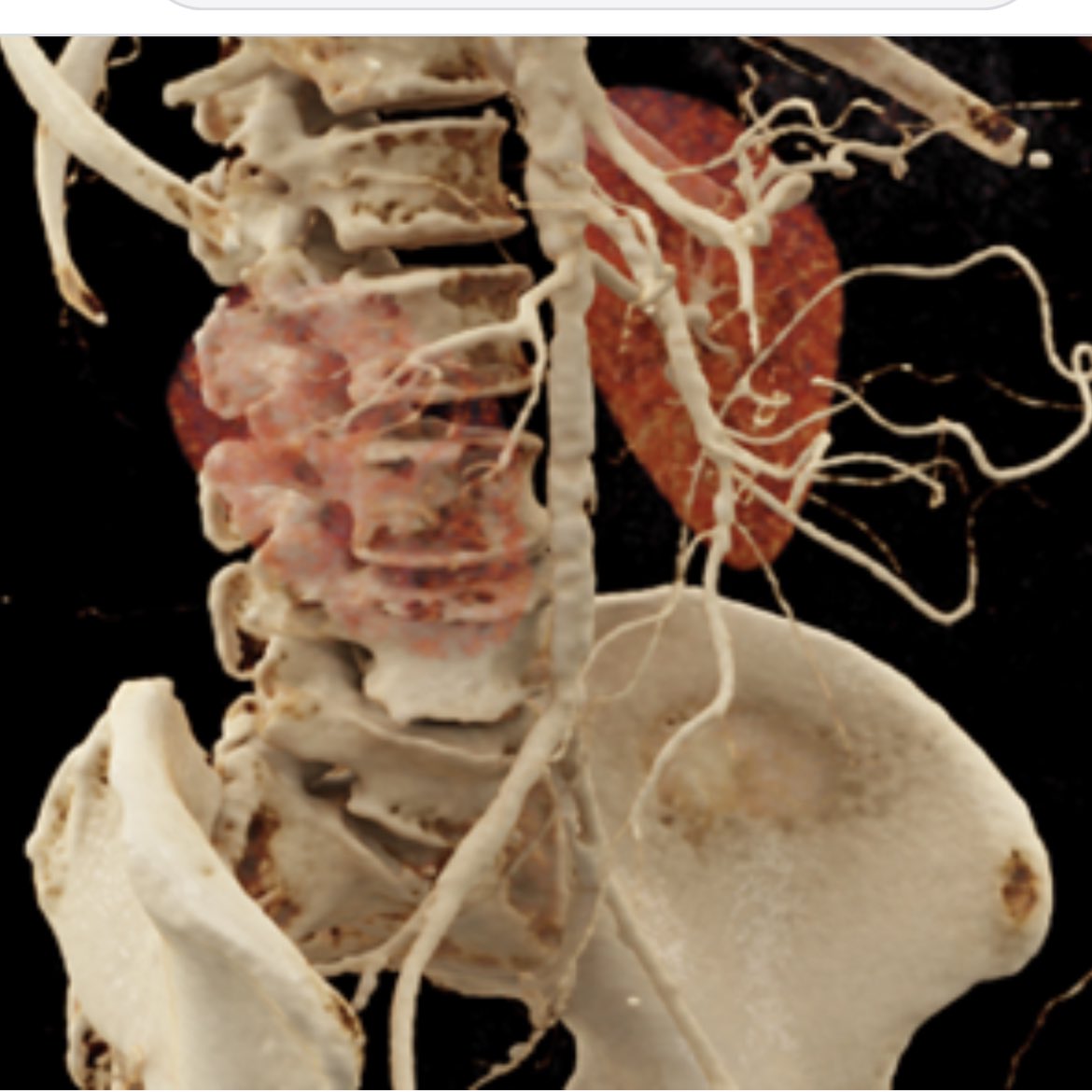Sometimes, the world of accolades and recognition throws us a bit of a curveball, doesn't it? We're used to awards for bravery or artistic skill, yet every so often, something quite different comes along, like the unusual award n.13: extreme gluteal proportions in african woman. This particular recognition, you know, really makes you pause and think about what we choose to celebrate and why, too it's almost. It’s a moment that asks us to broaden our thoughts on what truly deserves a spotlight, moving beyond what we might typically expect from such honors.
In many places, what is seen as beautiful or remarkable can vary quite a lot, actually. Body shapes, for instance, have a very rich and diverse story across different cultures, particularly within African communities where certain physical attributes are, like, deeply appreciated and have been for a long, long time. This deep appreciation is rooted in history and tradition, shaping how people perceive and value human forms in ways that might seem different to someone from another part of the globe, you know, it’s quite fascinating.
So, when an award like this pops up, it’s not just about a physical trait; it’s, in a way, about a much bigger conversation. It asks us to look at how we value unique human forms and what these kinds of recognitions might mean for people, and for society as a whole, too. It brings up questions about cultural heritage, personal expression, and how we, as a global community, approach the celebration of human diversity, which is, honestly, a pretty big topic.
Table of Contents
- What Makes an Award Unusual?
- How Do We Think About Beauty and the "unusual award n.13: extreme gluteal proportions in african woman"?
- Are Body Shapes Celebrated Differently Across Cultures?
- What is the Historical View of Gluteal Proportions in African Woman?
- Understanding the "unusual award n.13: extreme gluteal proportions in african woman"
- Looking at Different Perspectives on the "unusual award n.13: extreme gluteal proportions in african woman"
- Considering the Impact of Awards Like the "unusual award n.13: extreme gluteal proportions in african woman"
- The Future of Celebrating Diverse Body Shapes and the "unusual award n.13: extreme gluteal proportions in african woman"
What Makes an Award Unusual?
You might wonder what makes an award truly stand out from the usual array of trophies and certificates we often hear about. Well, it's pretty simple, actually: an unusual award steps outside the lines of what we generally expect to be honored. Most times, we think of awards for things like great accomplishments in science, or perhaps for someone who has shown a lot of courage, or maybe even for artistic brilliance. But then, every so often, one pops up that just doesn't quite fit into those neat little boxes, you know? It's like finding a really unique seashell on a beach full of common ones.
The very idea of something being "unusual" in the context of an award means it’s recognizing something that isn't typically on the list for public praise or formal acknowledgement. It might be a very specific kind of talent, a particular physical characteristic, or even a way of living that, while perhaps not mainstream, holds significant meaning for a certain group of people. This kind of award, in a way, challenges our everyday ideas of what is valuable or noteworthy. It sort of pushes us to think a little differently about what deserves a moment in the spotlight, which is, like, a good thing.
When an award like the unusual award n.13: extreme gluteal proportions in african woman comes to light, it really highlights this idea of broadening our view of recognition. It moves beyond the common paths and shines a light on something that might be deeply meaningful within a specific cultural setting, even if it seems a bit out of the ordinary to those outside that context. This makes us consider the many different ways people can be celebrated, showing that human experience and values are incredibly diverse, which is really something to consider, isn't it?
How Do We Think About Beauty and the "unusual award n.13: extreme gluteal proportions in african woman"?
Our ideas about what counts as beautiful are, honestly, pretty fluid and change a lot depending on where you are and when you're looking. What one group of people finds appealing, another might not even notice, or they might see it in a completely different light. Think about it: throughout history, and across different parts of the world, what’s considered the ideal body shape has shifted quite a bit, you know? Sometimes it’s about being slender, other times it’s about having a fuller figure, and these preferences are often tied to culture, resources, and even social standing, which is quite interesting.
When we think about the unusual award n.13: extreme gluteal proportions in african woman, it really brings this idea of changing beauty standards into sharp focus. It suggests that what might be considered a particular physical trait in one setting could be a celebrated feature in another. This award, in some respects, serves as a reminder that there isn't just one single definition of what is lovely or admirable. Instead, there's a whole spectrum of human forms that people find attractive and worthy of appreciation, and this award points to one of those specific areas of appreciation, which is, like, pretty clear.
This award also encourages us to look past the very narrow ideas of beauty that are sometimes pushed by certain media or popular culture. It prompts us to consider that beauty is, actually, a vast and varied thing, with different communities finding different aspects of the human body to be appealing and even remarkable. It's a chance to really think about how our own views of beauty are shaped and how they might differ from others, which is a pretty good exercise for anyone, you know, to broaden their perspective.
Are Body Shapes Celebrated Differently Across Cultures?
It’s pretty clear that what one culture finds to be a desirable body shape can be quite different from another, isn't it? If you look around the world, you’ll see a truly wide range of what people consider to be the ideal form. In some places, a slender build might be seen as the picture of grace, while in others, a more robust or rounded figure is admired for its strength and vitality. These differences aren't just random; they're often deeply woven into the history, traditions, and even the practical needs of a community, which is really something to consider.
For example, in many African societies, certain body shapes, including specific gluteal proportions, have been viewed as symbols of fertility, health, and prosperity for centuries. This isn't just a fleeting trend; it’s a long-standing cultural appreciation that has been passed down through generations. These body types are not just seen as physically appealing; they often carry deeper meanings related to a woman's ability to bear children, her overall well-being, and her place within the family and community. So, it's not just about looks; there's a whole lot more to it, really.
This varied appreciation of body shapes shows us that there's no single, universal standard for what is considered beautiful or ideal. Each culture has its own lens through which it views and values the human form, and these views are often shaped by unique historical experiences and social values. This means that an award like the unusual award n.13: extreme gluteal proportions in african woman, while perhaps surprising to some, might actually be a very natural and meaningful recognition within its own cultural context. It’s a powerful reminder of how diverse human appreciation truly is, which is, like, a pretty neat thing to think about.
What is the Historical View of Gluteal Proportions in African Woman?
If you look back through history, particularly in many parts of Africa, you'll find that certain gluteal proportions have held a pretty special place in how women's bodies are admired. This isn't a new idea, by any means; it's something that has been appreciated for a very long time, often seen as a sign of beauty, health, and even a woman's capacity for motherhood. Artwork from ancient times, traditional stories, and even the way people speak about women in certain communities often reflect this deep-seated appreciation, which is, you know, quite telling.
These specific body characteristics were not just about outward appearance; they were often linked to deeper cultural values. For instance, in some societies, a fuller figure, including prominent gluteal proportions, was seen as a sign of prosperity and well-being, especially in times when food might have been scarce. It suggested that a woman was healthy, well-nourished, and capable of sustaining life, both for herself and for future generations. This historical perspective helps us to understand why an unusual award n.13: extreme gluteal proportions in african woman might hold such significance within certain cultural frameworks, you know, it makes sense.
The continued admiration for these particular body shapes in many African cultures highlights a rich tradition that often contrasts with Western beauty ideals, which have, at times, favored a different kind of silhouette. This historical context is really important for anyone trying to grasp the meaning behind an award that celebrates such a specific physical trait. It shows that what is considered beautiful is not a fixed concept but rather something that grows and changes within different cultural soils, which is, arguably, a very important point.
Understanding the "unusual award n.13: extreme gluteal proportions in african woman"
So, let's talk a bit more about what an award like the unusual award n.13: extreme gluteal proportions in african woman might truly represent. It's not just about acknowledging a particular physical attribute; it's about recognizing something that holds cultural meaning and value within a specific community. Such an award could be a way of celebrating traditional beauty standards that have been cherished for a long time, perhaps even pushing back against outside influences that might try to impose different ideas of what is considered appealing, you know, it's a statement.
This kind of recognition could also be a powerful statement about body diversity and acceptance. In a world where there's often a lot of pressure to conform to very narrow ideals of beauty, an award that highlights a specific, culturally significant body shape can be incredibly affirming for those who possess it. It says, in a way, that all body types have their own unique beauty and worth, and that cultural heritage plays a big part in defining what is celebrated. It's about seeing beauty in many different forms, which is, actually, pretty refreshing.
Furthermore, an award like this might serve to educate people outside the culture about these different perspectives on beauty. It opens up a conversation about how varied human aesthetics truly are, and how what might seem "unusual" to one person is, in fact, deeply rooted in the history and values of another group. It encourages a broader view of human attractiveness and reminds us that beauty is found in many places, and that's a pretty good thing to keep in mind, isn't it?
Looking at Different Perspectives on the "unusual award n.13: extreme gluteal proportions in african woman"
When something like the unusual award n.13: extreme gluteal proportions in african woman comes to light, it's pretty natural for people to have all sorts of different reactions and viewpoints. For those within the cultural context where these proportions are admired, the award might be seen as a wonderful way to honor and celebrate a traditional form of beauty. It could be a source of pride, a way to reinforce cultural identity, and a recognition of what their community has long held in high regard. It's like a nod to their heritage



